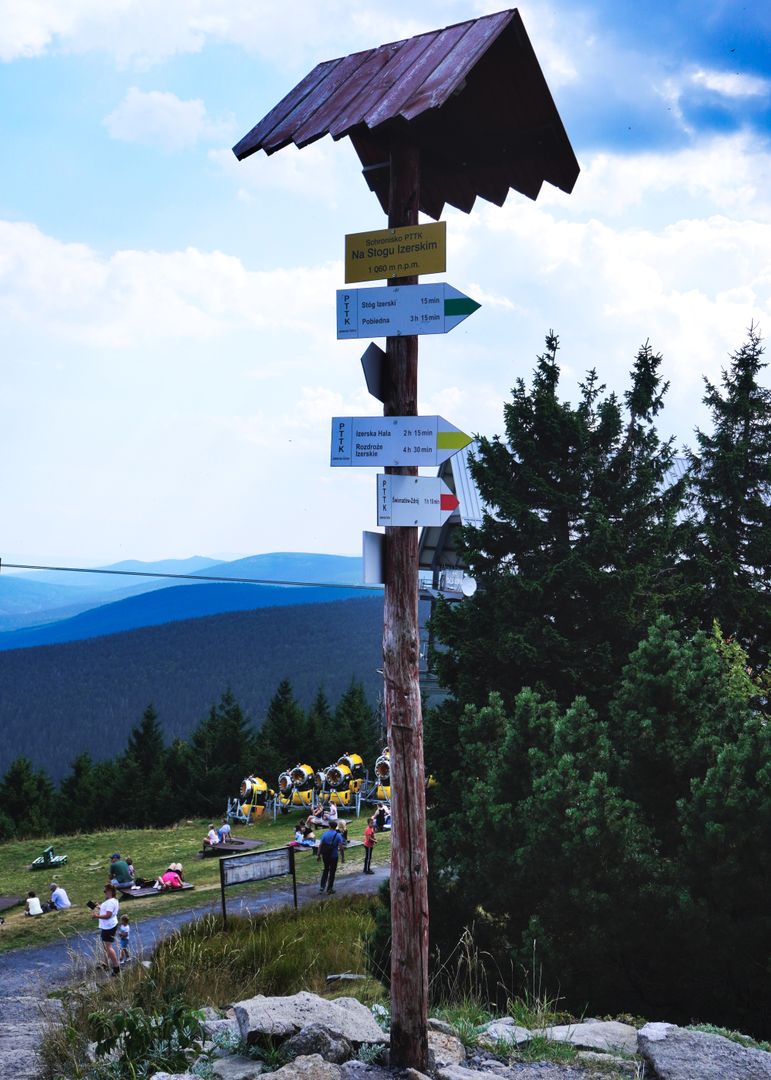PTTK Shelter on Stóg Izerski
6.98

Overview
The shelter on Stóg Izerski, located at an altitude of 1,060 meters above sea level in the Izera Mountains in the Lower Silesian Voivodeship, is a mountain tourist shelter operated by the Polish Tourist and Sightseeing Society (PTTK). Its history dates back to 1922, when, on the initiative of the German tourist organization Riesengebirgsverein (RGV) and Dr. Josef Siebelt, a facility was established with spa guests in mind. Construction of the shelter began on September 17, 1922, and it was opened on October 24, 1924, under the name Heufuderbaude. Architecturally, the shelter was built in the typical Silesian-Lusatian style, characterized by a masonry-wooden structure and a gable roof covered with sheet metal. The shelter originally had 30 sleeping places, a viewing terrace, utility facilities, a common room, and a kitchen. The first managers were the Kober family, who ran it until 1945, and even during World War II, tourist activity did not cease. After the war, the facility was temporarily named after Jan Kasprowicz and later underwent modernization while preserving its original character and architecture. Additionally, in the past, there was a wooden observation tower nearby, built in 1892, which, after numerous damages, was finally dismantled in 2000 due to its poor technical condition. The shelter is a significant point on the tourist map of the region, attracting mountain hiking enthusiasts and offering trails to Hala Izerska, Czerniawa-Zdrój, and Świeradów-Zdrój. From the shelter’s terrace, a panoramic view of Świeradów-Zdrój, Mirsk, Gryfów Śląski, and the western part of the Karkonosze Mountains unfolds. Despite its charm, in 2019, it ranked second to last in the Mountain Shelters Ranking by the magazine "n.p.m.". The shelter on Stóg Izerski is not only an important point on tourist trails but also a place of rich history and cultural heritage of the region.
Location
2025 Wizytor | All Rights Reserved